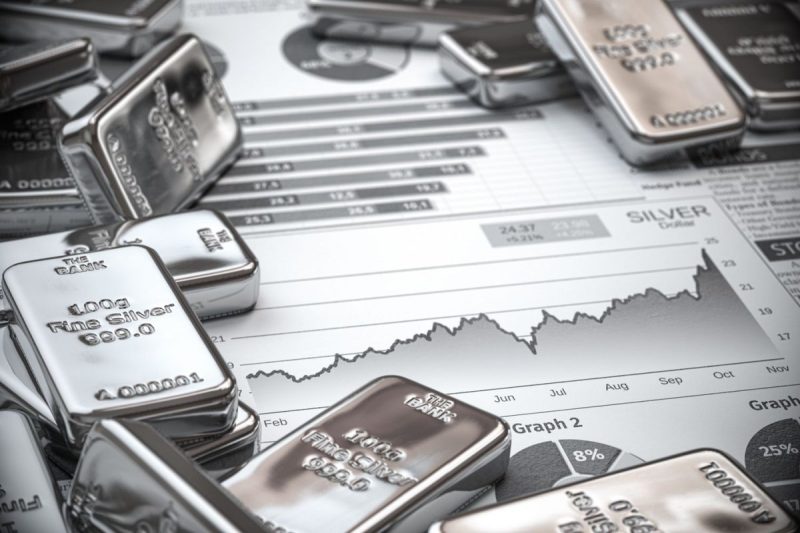Silver has long been revered for its beauty and value, coveted by civilizations throughout history. Traders and investors have watched silver prices closely, searching for opportunities to profit or protect their portfolios. In recent years, the price of silver has seen fluctuations that have left many wondering what the highest price for this precious metal has been in recent times.
The highest price ever recorded for silver occurred in 1980 when the Hunt brothers famously attempted to corner the silver market. During this time, the price of silver skyrocketed to an unprecedented $49.45 per ounce, as demand surged and supply became scarce. However, the Hunt brothers’ scheme eventually unraveled, leading to a dramatic collapse in the price of silver.
Since then, the price of silver has experienced various peaks and valleys. In 2011, silver prices reached a post-1980 high of around $48 per ounce as investors sought safe haven assets during times of economic uncertainty. This surge in price was short-lived, as silver prices soon entered a period of decline.
In recent years, silver prices have been influenced by factors such as industrial demand, investor sentiment, and market speculation. The ongoing global economic challenges, geopolitical tensions, and the rise of alternative investments like cryptocurrencies have all played a role in shaping the price of silver.
As of the latest data in 2024, the price of silver has been hovering around $25 to $30 per ounce. While this is significantly lower than the all-time high seen in 1980, silver remains an attractive asset for those looking to diversify their portfolios and hedge against inflation.
In conclusion, the highest price for silver remains a pivotal moment in the history of this precious metal, serving as a reminder of the volatility and intrigue that surrounds commodity markets. Whether you are a seasoned trader or a novice investor, keeping a close eye on silver prices and understanding the factors that drive them can help you make informed decisions and navigate the complexities of the market.

